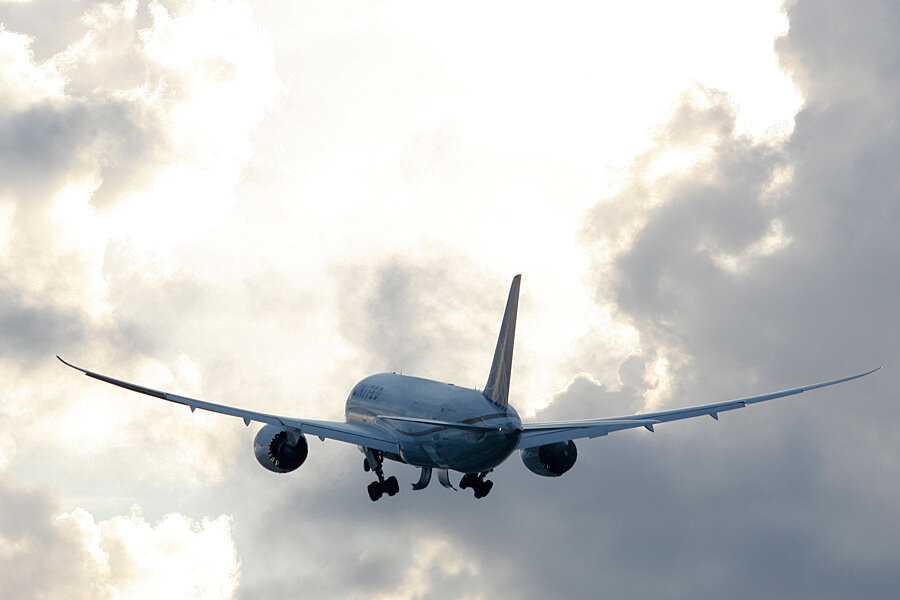Why climate change may mean longer airline flights
Loading...
If you fly, particularly between Hawaii and Seattle, new research has discovered that your flight times may increase, albeit only slightly, because of global changes in wind patterns. This increase could cost the airline industry over $3 billion annually, scientists estimate.
The airline industry “closely monitors the midlatitude jet stream for flight paths and arrival times,” not only to ensure flights take the most expedient route, but also because the length of time a plane spends in the air is positively correlated with costs for the airline, largely because of jet fuel prices, according to the study published this week in the scientific journal Nature by researchers at Woods Hole Oceanographic Institution in Massachusetts.
This project brought together 20 climate modeling groups from around the world. In this meeting, 34 separate climate models were created, and half of them predicted that a change in the annual mean 300-mb zonal wind field would occur. This is the same northeastern subtropical corridor between Hawaii and Seattle.
The typical commercial airliner burns through a gallon of fuel a second, according to the research presented. That means every second a commercial Boeing plane is in the air, it costs the airline upwards of $3 (prices for jet fuel in San Francisco range from $3.59-7.41 as of July, 2015).
While an extra $3 per second might not seem like much for a major carrier to pay, the cumulative effect of this change can have an impact on the airline industry. The authors of the study calculated that for a twice-daily round trip flight over three routes in the North Pacific sector made by four carriers would amount to total of 133 added flying hours annually. This change would lead to an added usage of 480,000 additional gallons of fuel which combined would emit over 4.6 million kilograms of carbon dioxide per year into the atmosphere.
The current length of a one-way flight from San Francisco to Hawaii ranges from four hours and 40 minutes to five hours. Thus, with a 20 minute range in flight times already, any changes in the flight time, resulting from wind patterns, are unlikely to be noticed by the average traveler.
But, for every extra 30 seconds spent in the air, an airline will pay about an additional $90-150 per flight, depending on the price of jet fuel at the time.
Kristopher B. Karnauskas, who led the team, found that if the estimated changes in the zonal wind field over the North Pacific sector applied to all flights made by all commercial airlines, roughly one billion extra hours would be spent in total flying time, leading to an estimated cost to the airline of over $3 billion. Additionally, if this cumulative residual time is applied to carbon dioxide emissions, over 10,000 million additional kilograms of greenhouse gases could be added to the atmosphere, a number that would amount to 1.5 percent of the total carbon dioxide emissions by the global commercial airline industry.







